What’s the biggest contributor to premature ageing (besides the Sydney rental market, your partner leaving their not-dirty-but-not-clean laundry hanging over that bedroom chair, and well, just time)? Yep, it’s UV exposure. If you failed to slip, slop, slap and seek shade throughout your youth, we have some harsh, and some helpful, news for you.
Speaking with Dr Annika Smith, Consultant Dermatologist, Sydney, we wanted to know whether it was actually possible to reverse - or even just slow down - the common signs of sun damage that can start to appear on the skin at any decade. With fingers, toes, and freckles crossed, here’s what we learned.
“Sun damage refers to damage of the skin caused by ultraviolet radiation from the sun, which impacts the skin structurally, and thereby physically. On a structural level this causes changes to our DNA, collagen and elastin (key support structures of the skin), and melanocytes (pigment cells) which can manifest as wrinkles, loss of skin elasticity, pigmentary disturbances (dark spots), even precancerous and cancerous skin lesions.”
Perhaps the trickiest part about identifying how the sun has actually harmed your skin, is that you can’t always see it. Not only do these changes take a hot minute to rise to the surface, you might have a flawless complexion (lucky) that reveals years of sun distress after using UV photography.
“Sun damage is usually cumulative in effect, and onset depends on many variables including the length and extent of exposure and your skin phototype. A myriad of other factors including lifestyle and genetics can also impact the ageing process.“ Signs of ageing start to appear as early as your 20s and 30s, which does make sense, as that’s when collagen and elastin production begins to decline. Dr Smith noted that the parts of our body habitually exposed to the sun - face, neck, back of hands - are where we first start to notice the tell-tale signs like sunspots, spider veins, sagging skin, and dryness.
So, you have some fine lines creeping in, pigmentation is becoming a lil’ more prominent, what do you do? “Establishing good sun safety habits is crucial. This can prevent, if not limit, sun related damage which we know is the major contributor to skin ageing. This includes applying SPF 50 broad spectrum sunscreen daily, along with a broad brimmed hat, sun protective clothing, sunglasses and seeking shade in the middle of the day. One element alone does not offer complete protection.” To further assist in diminishing the damage Dr Smith mentioned incorporating topical antioxidants (vitamin C and vitamin B3) into your skincare routine, and considering the use of topical retinoids (following a consultation with your trusted dermal therapist to determine your appropriateness ie. avoiding if you are pregnant or breastfeeding) to support skin rejuvenation and repair.
“Superficial repair is possible, to an extent, but the DNA damage incurred from years and years of UV exposure cannot be undone.” Sunscreen can partly reverse some signs of early ageing so do not skimp, even when the sun isn’t shining (if only I had a dollar for every time this was mentioned by Dr Smith). And the same goes for topical treatments. Where you might really be able to ‘reverse the clock’ is with consistent multimodal cosmetic approaches - should that suit your lifestyle, values, budget and skin goals. “Laser, chemical peels, injectables and filler, in concert with specialised medical advice may assist with improving the visible signs of sun damage. However, prevention is infinitely better.”
If you weren’t that kid in a long sleeve rashie, cap with a neck flap, and pink zinc smeared across your cheeks and nose (howww did you avoid this embarrassment?!), my guess is these sun safety habits might not have been carried throughout your teens and 20s too. But that’s ok! Consider this your toolkit for achieving happy and healthy skin despite being a seasoned beach-goer.

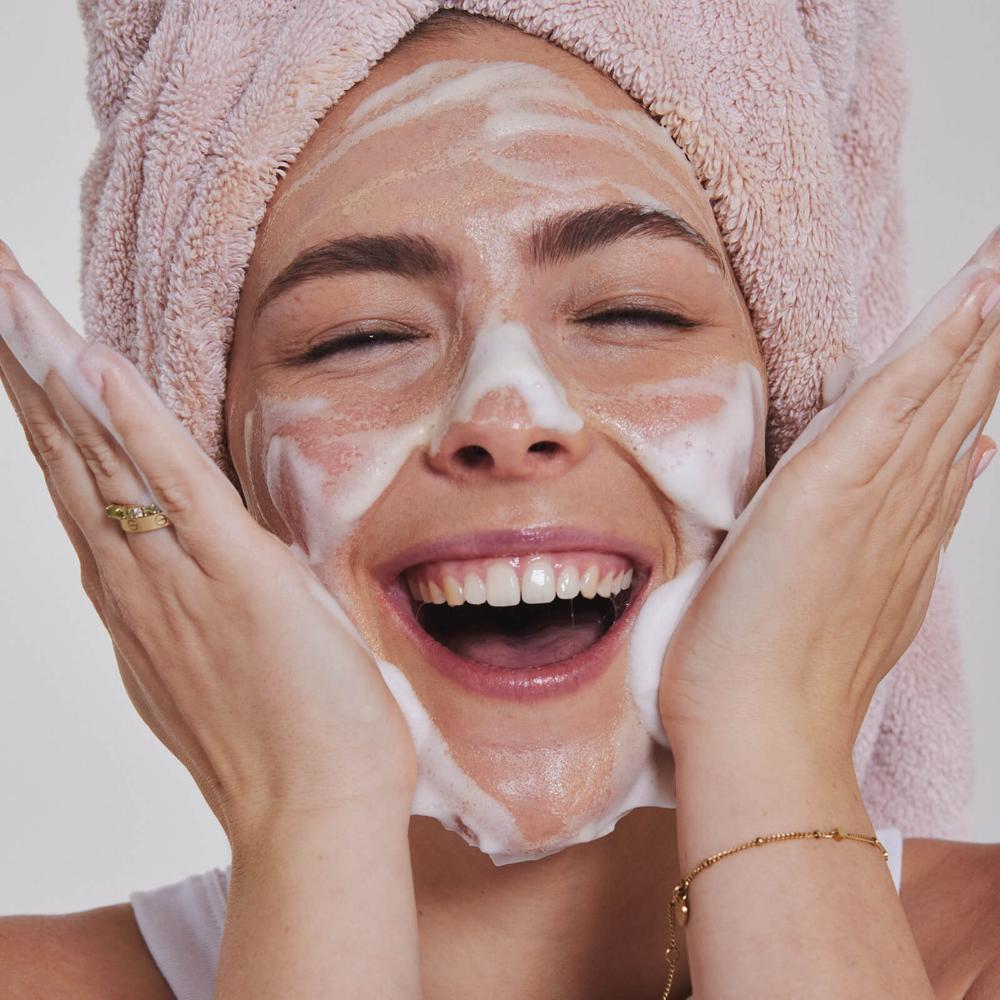
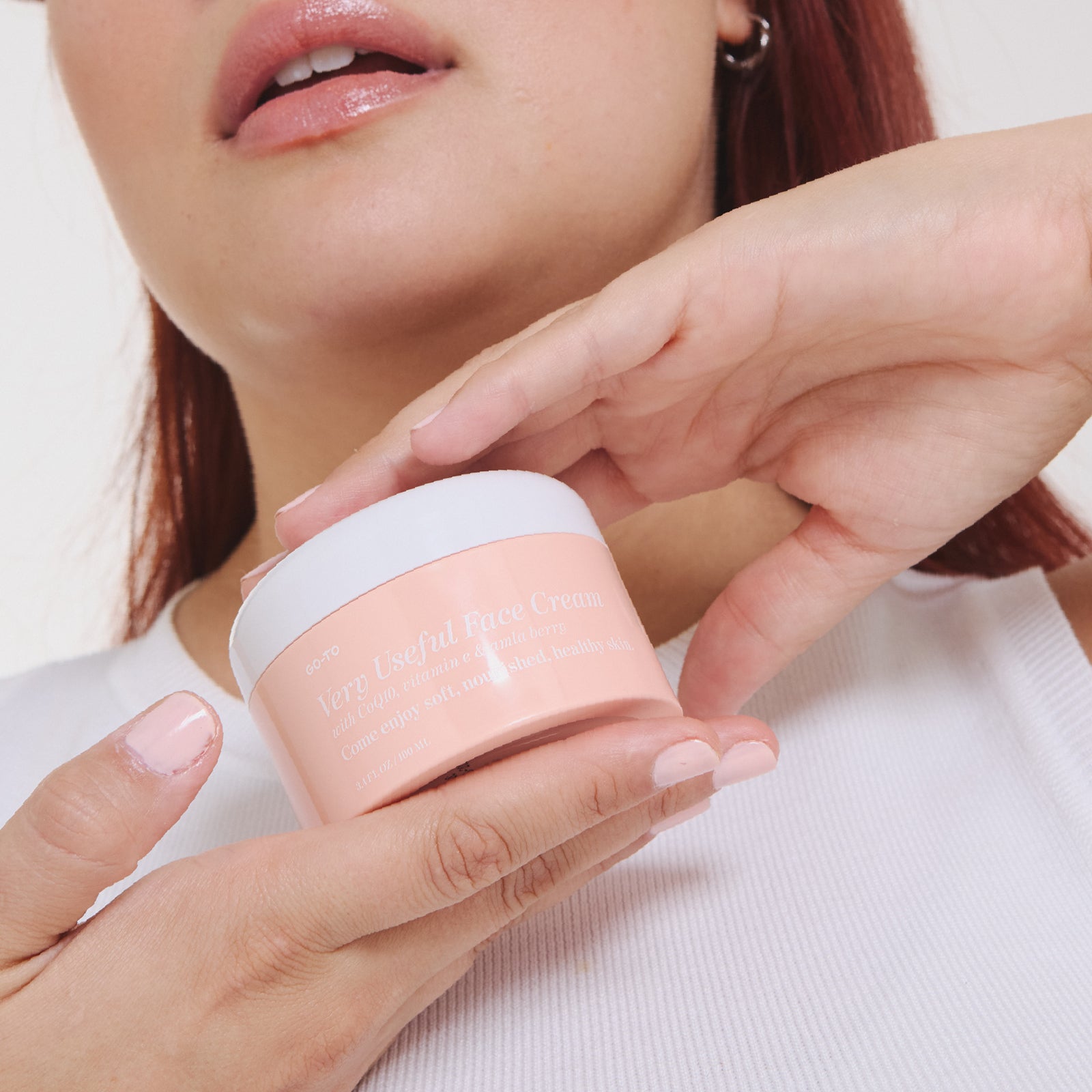

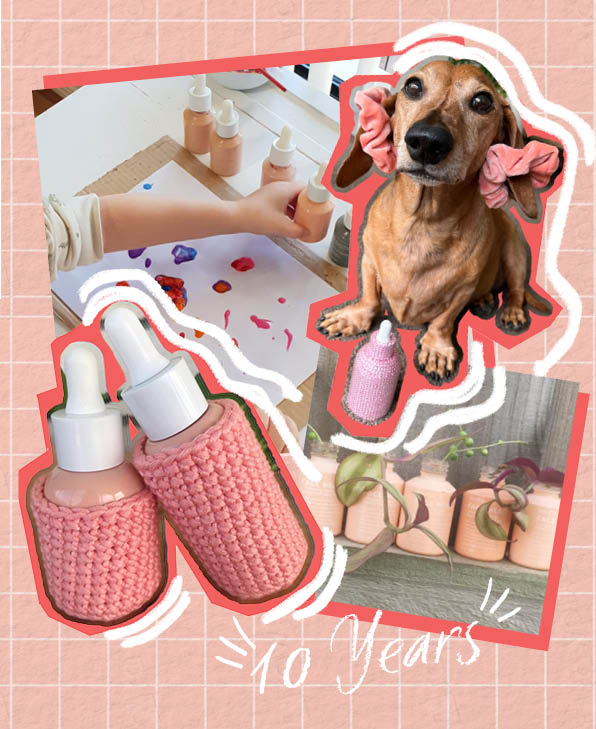
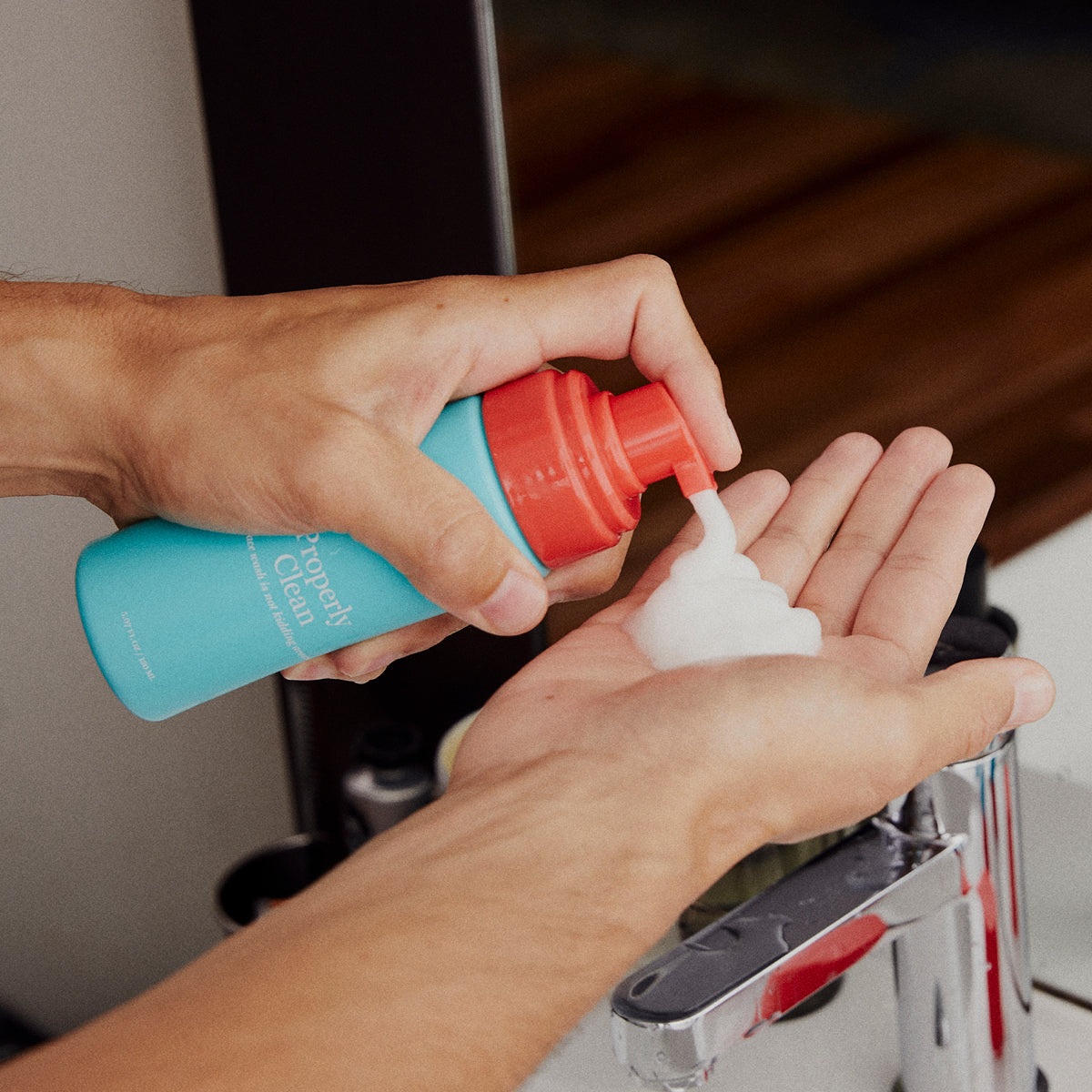
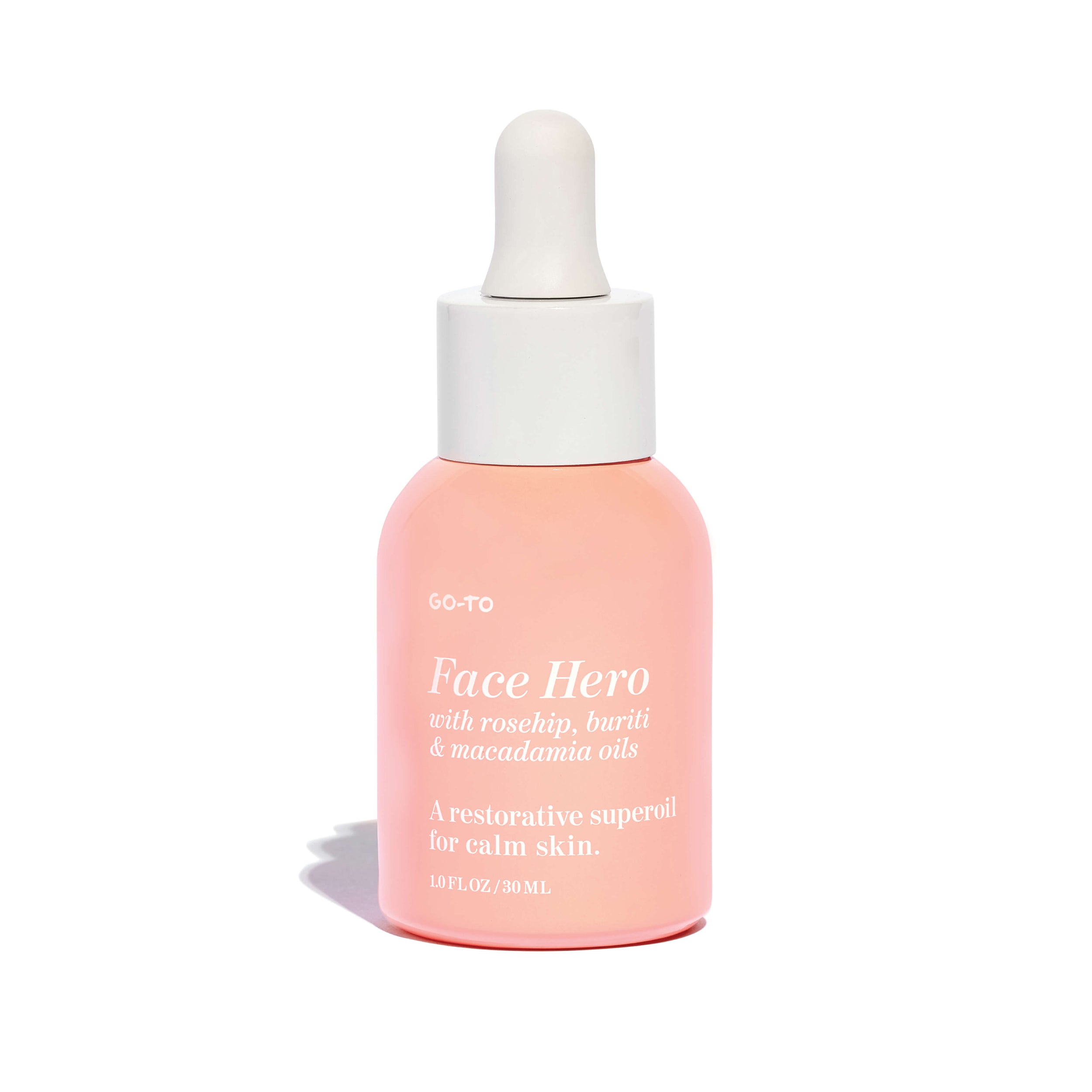
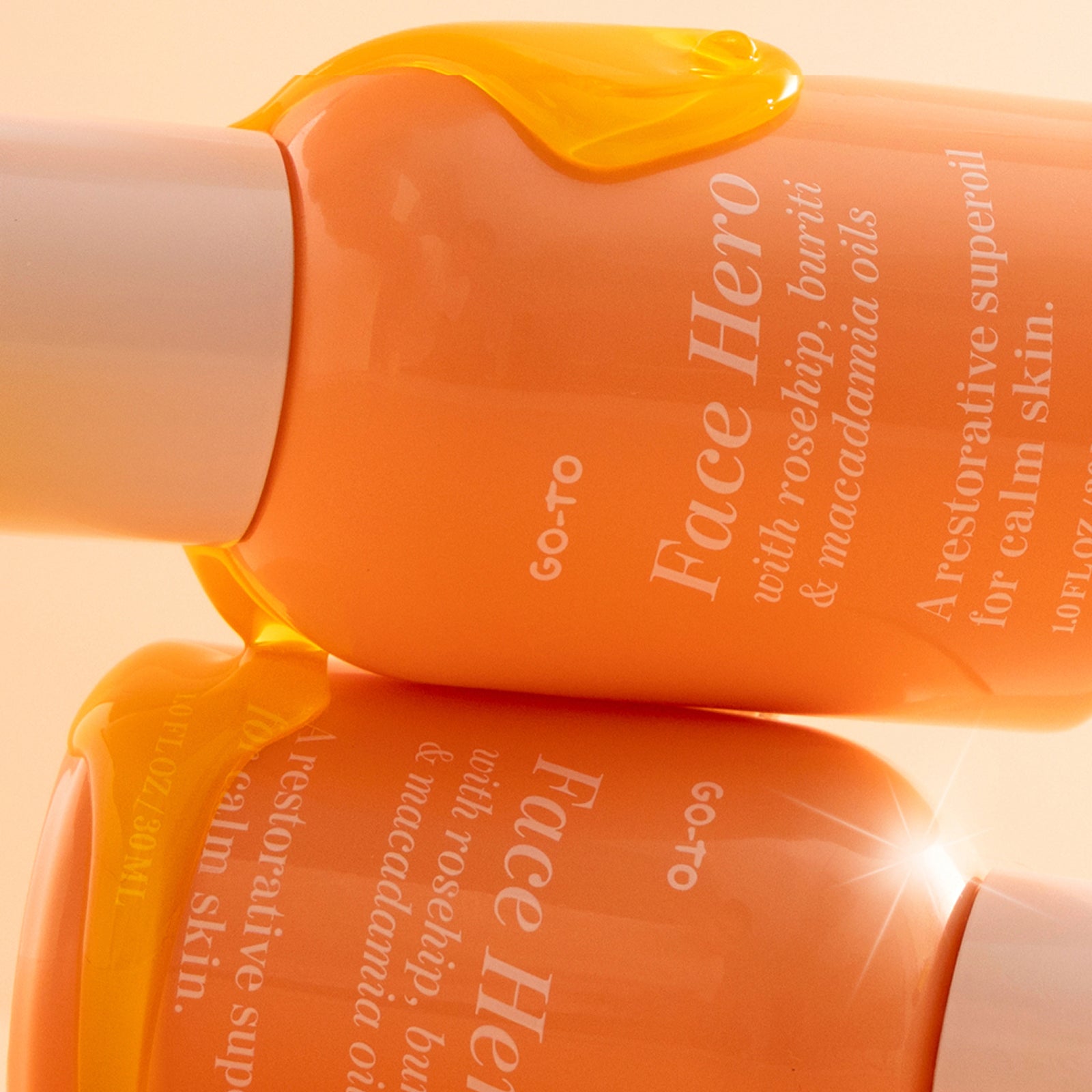
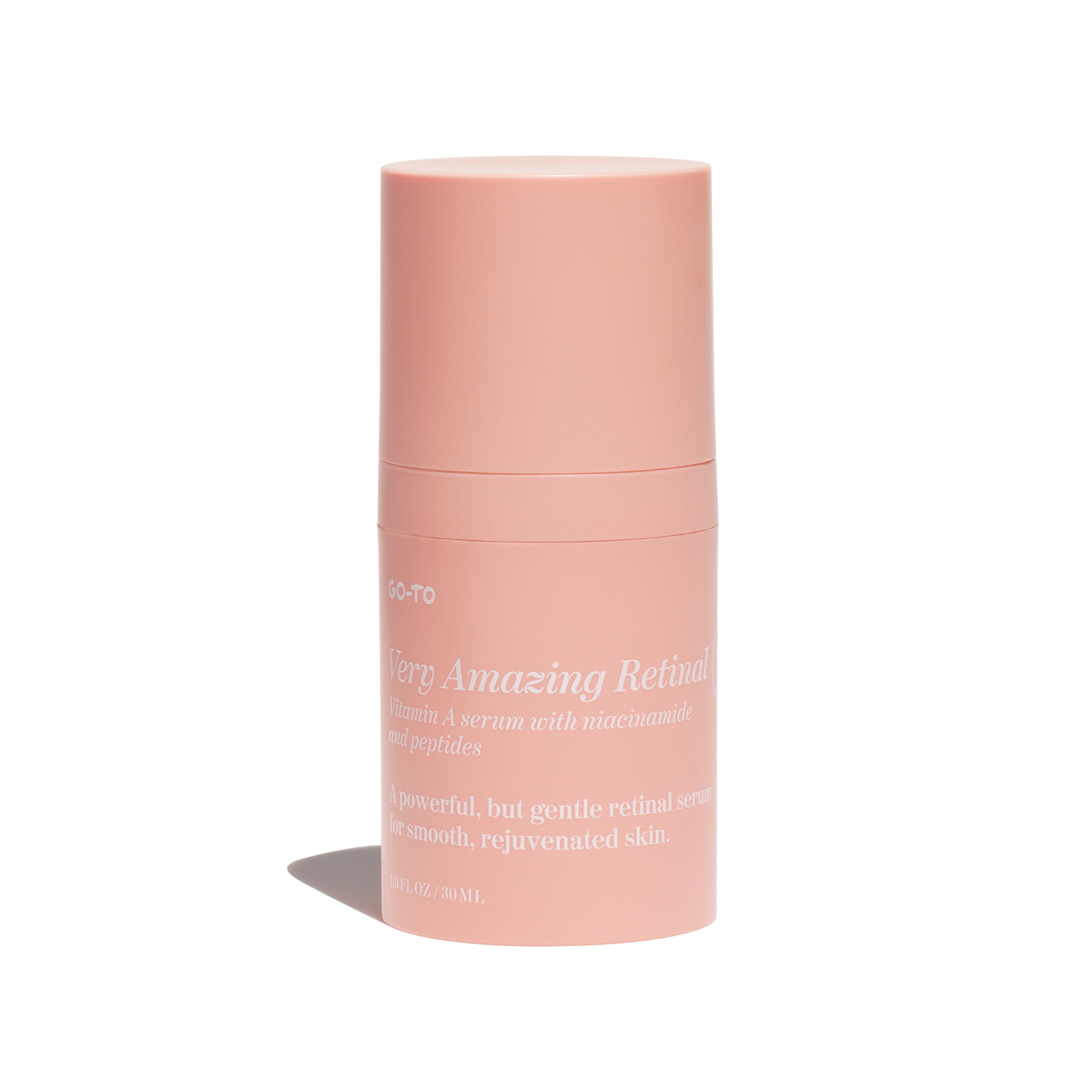
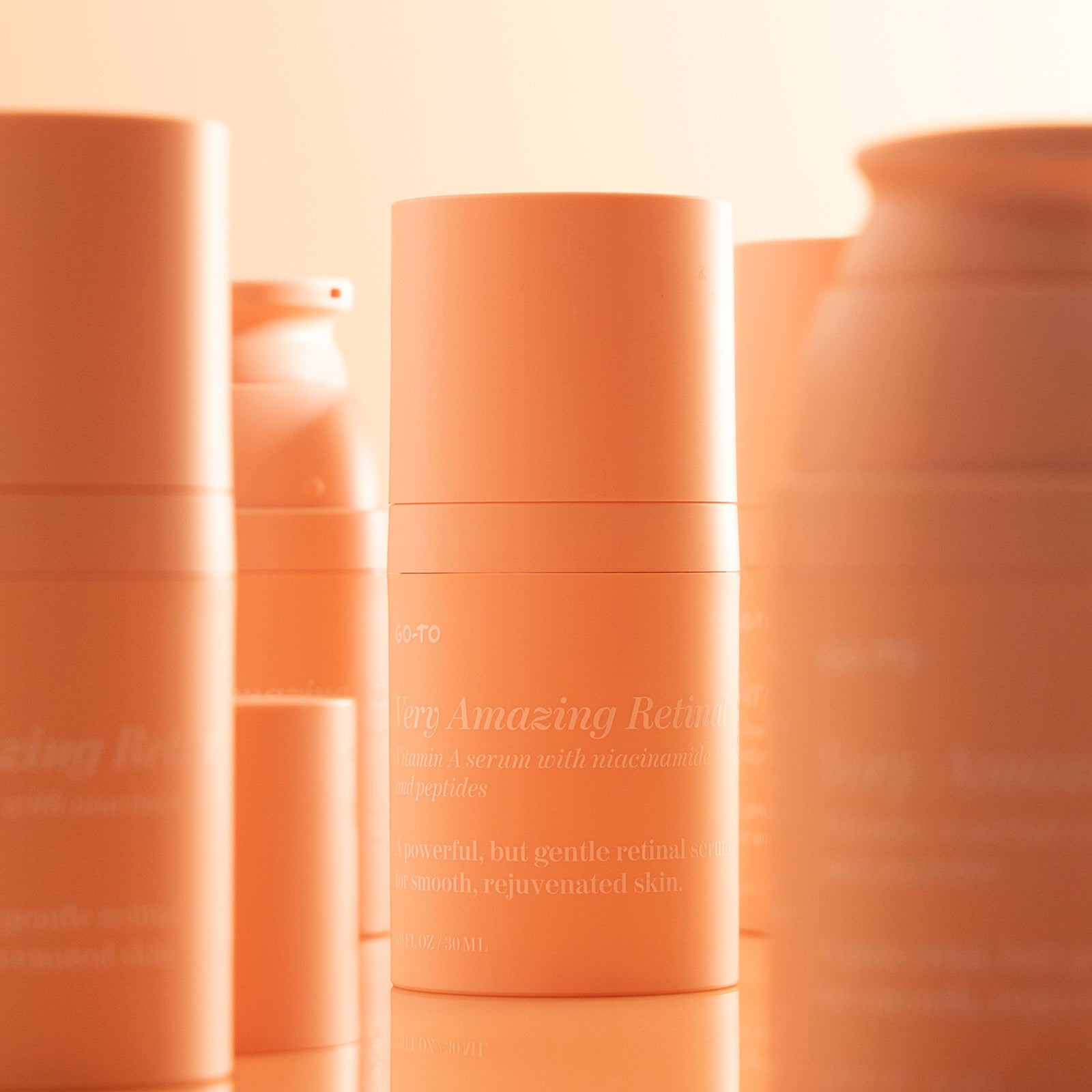
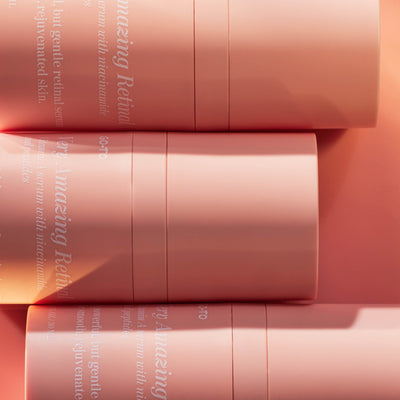
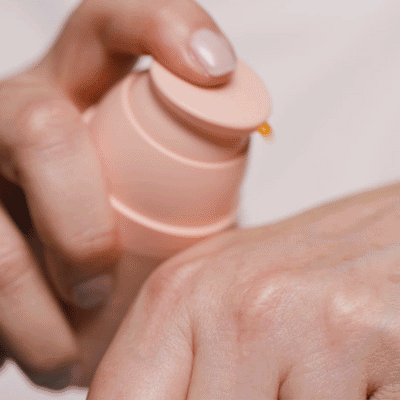
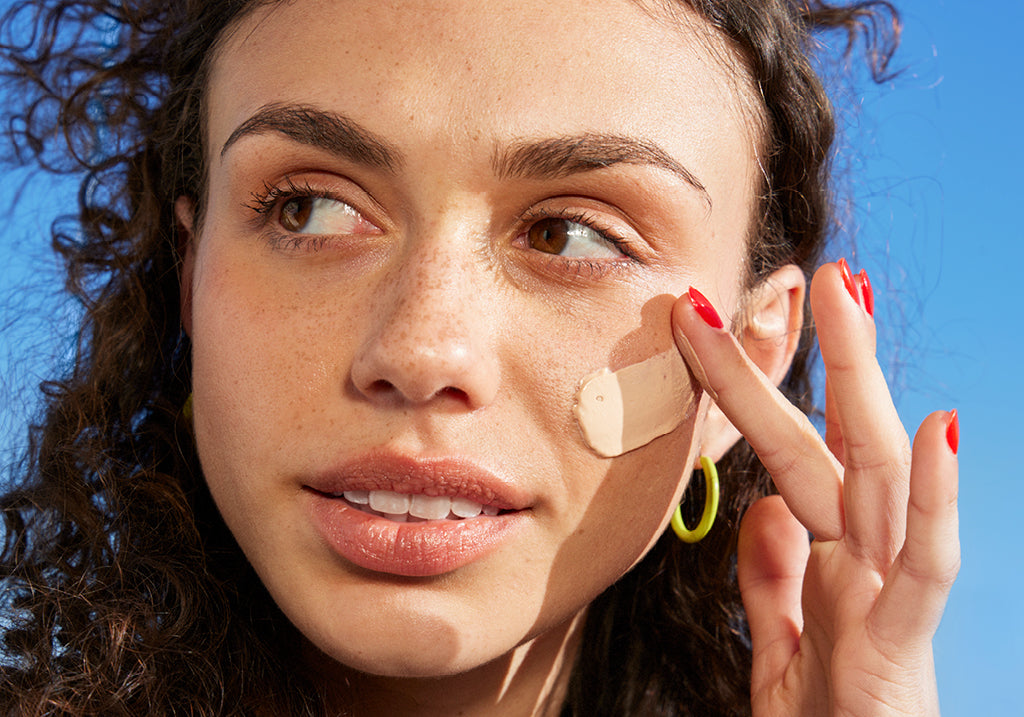


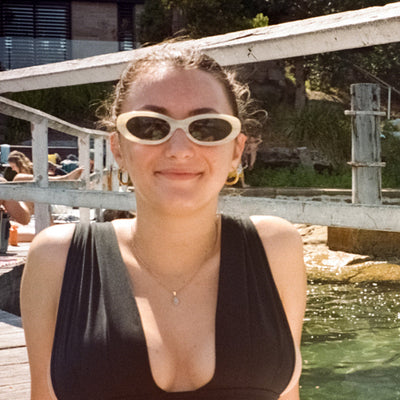
Comments